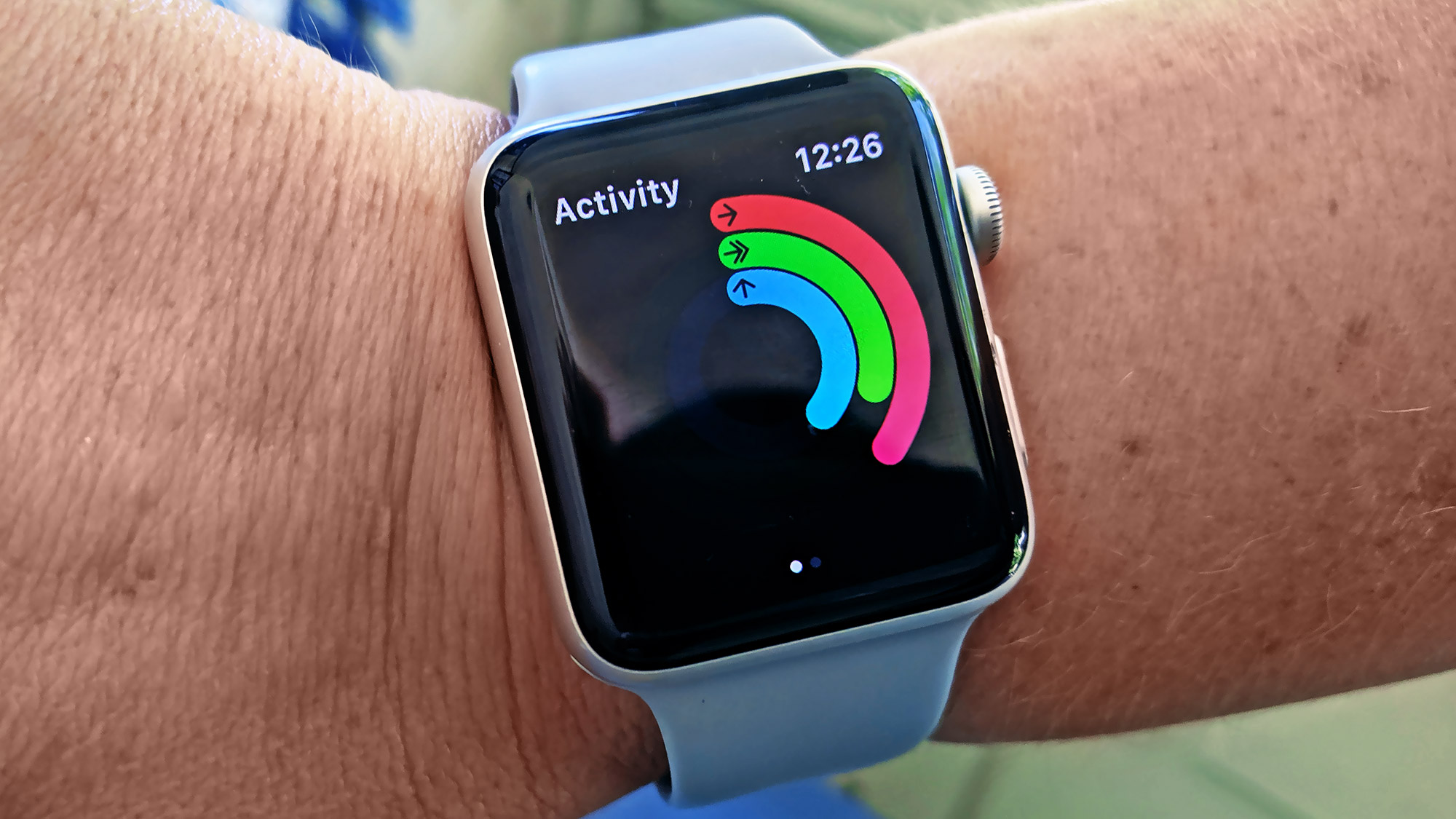I just tested NotebookLM's new features — and this AI tool blows me away
Hands on with NotebookLM's latest form
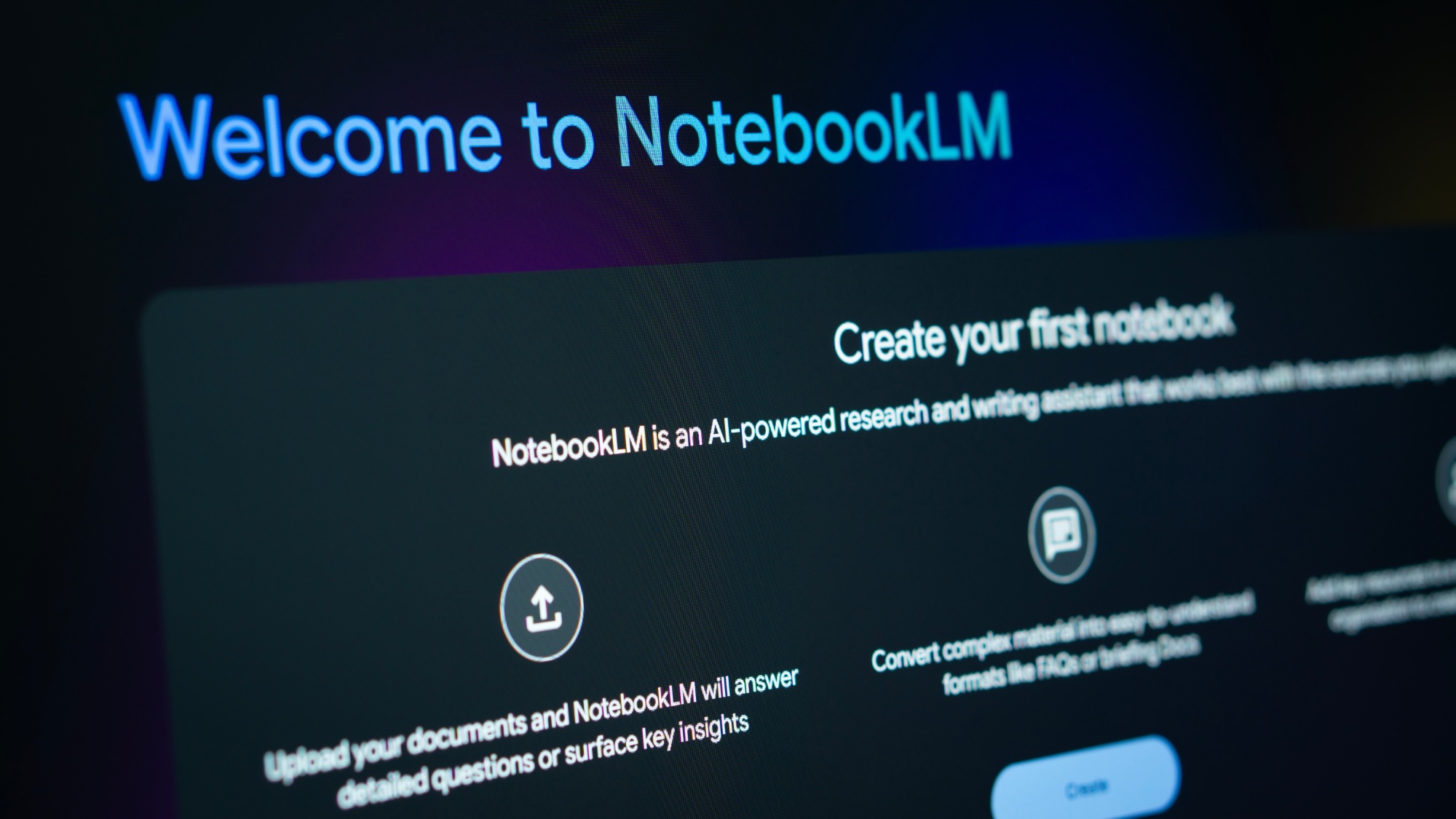
Tom’s Guide was one of the first publications to rave about Google’s NotebookLM when it first arrived on the scene last year.
Google hasn't been idle. The company has released a new version of NotebookLM with a new interface, new features and some extremely interesting tweaks.
So what’s different about the new and improved NotebookLM?
The Interface
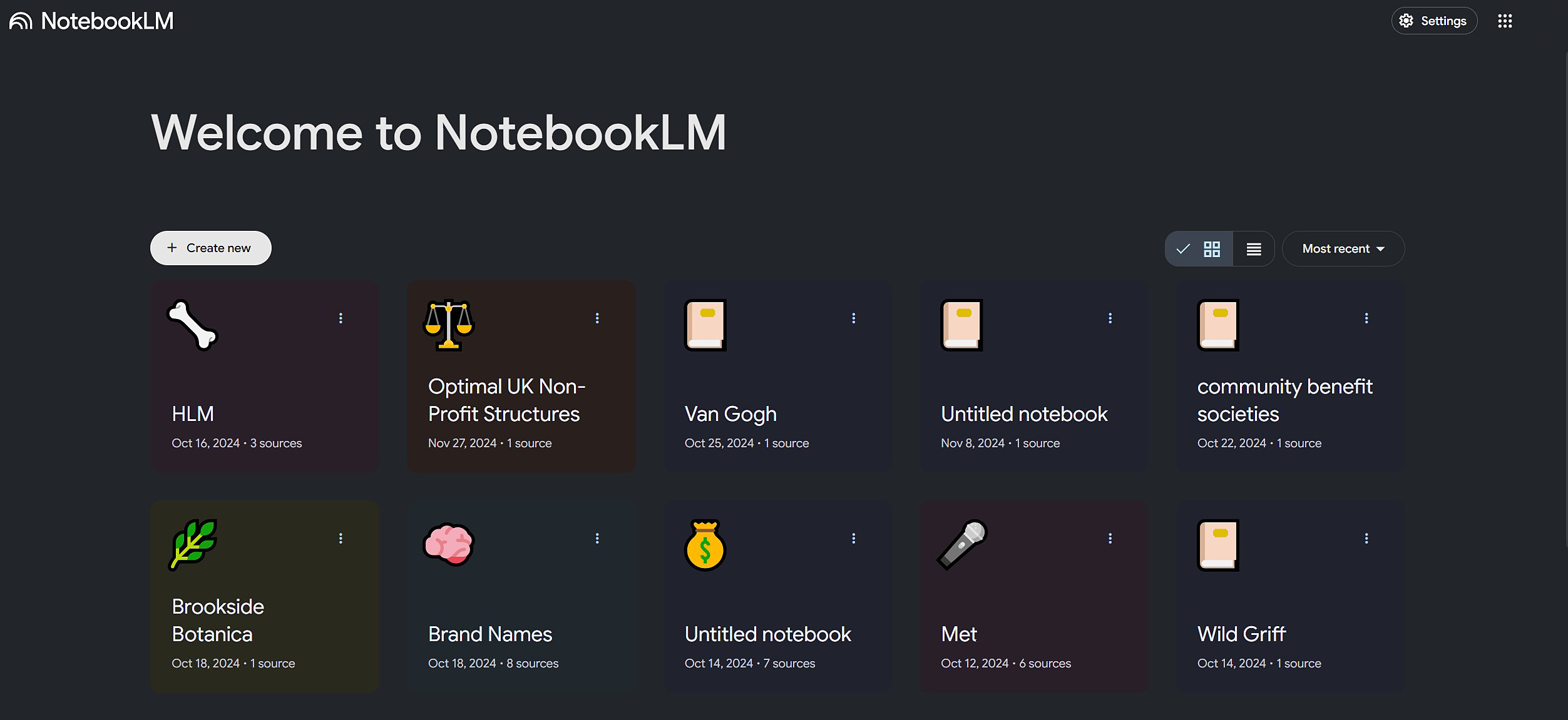
The first thing most people will notice when they log into the new service is a change in interface.
There’s no denying that the original design was a little confusing for newcomers, it was hard to understand what did what, and how to access particular features. The new interface makes things much simpler all-round.
Instead of having to hunt around for various functions as before, everything is completely straightforward.
Click the "Create New" notebook link and a new window opens asking for the sources you wish to upload. There’s a choice between Google drive documents or slides, links to websites or YouTube videos or just paste your own text into the box.
Sign up to get the BEST of Tom's Guide direct to your inbox.
Get instant access to breaking news, the hottest reviews, great deals and helpful tips.
You can also upload your own MP3 audio files or PDF documents, and also plain text documents in the same window. It couldn’t be easier.
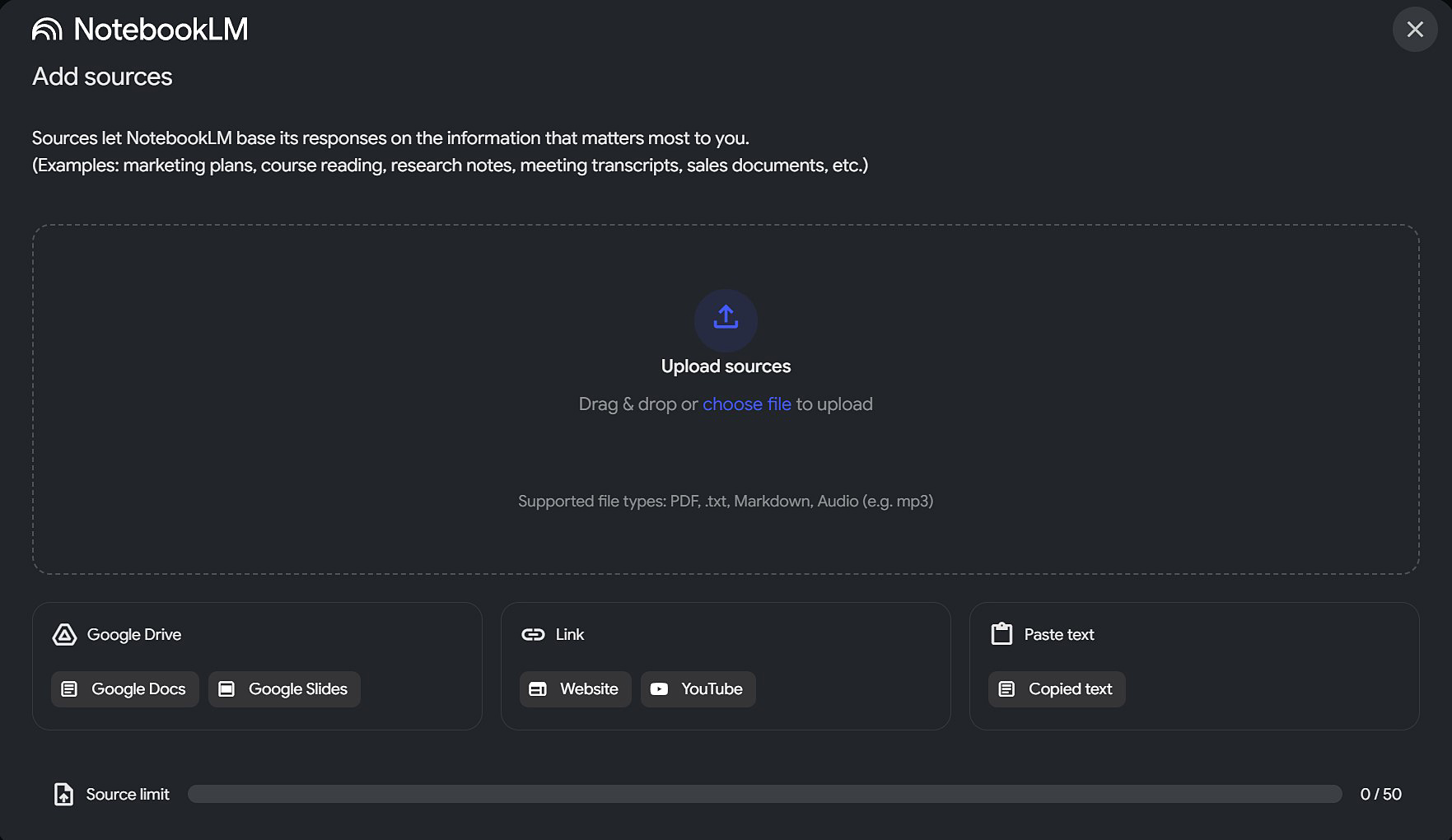
There’s a limit of 50 pieces of data that you can upload at any one time on the free version, and 250 on the Plus tier.
In raw numbers this equates to a massive 25 million word context window (or a 150 million context for the Plus tier). These are astronomical figures and unique in the AI world in terms of the amount of information you can process with the Gemini models at one time.
The Process
Once your data sources are uploaded and ready to go, the fun begins. At this point there are three windows on show for the user to enjoy.
The left hand side lists the sources that have been added to the service, in a nicely formatted list to make it easy to manage.
The central window allows for additional sources to be added, and the right hand window is the Studio section where the processing happens and is stored.
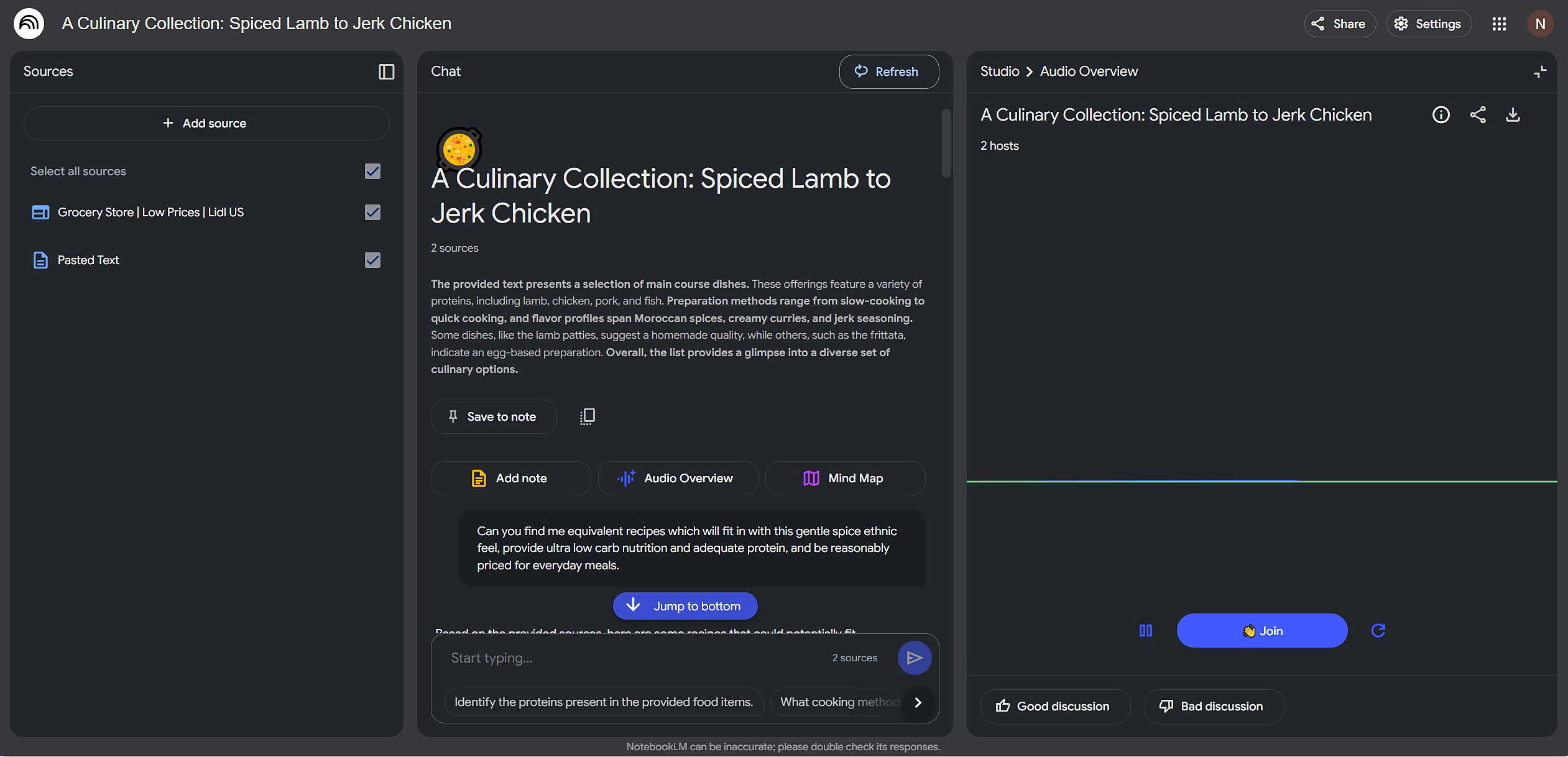
In practice what happens is you upload your sources and receive an immediate chat response from Gemini in the central window. At that point you can start to ask questions in the lower chat box, as you would with a standard AI chatbot model.
It’s slick, very easy to use and means you can get going in a matter of seconds. A definite improvement over the previous version.
It’s impossible to overstate just how impressive the podcast generator is.
You can also request an Audio Overview or a Mind Map at this stage, which again is a much easier way to access the famous podcast generator.
It’s impossible to overstate just how impressive the podcast generator is, by the way. Not only does it produce an incredibly engaging and realistic conversation between two genial participants, but you can now also trigger interactive mode, and join the conversation using your own computer microphone.

It’s uncanny how brilliantly the podcast hosts respond to any queries or comments you make during the conversation by clicking the Join/talk button.
They stop their rambling, and immediately respond to the user audio in a completely seamless manner. There’s virtually no hesitation, and the response is acutely linked to the user’s comment. It’s nothing less than mind-blowing.
The final part of the service’s feature set is unchanged from before. A study guide, briefing doc, FAQ, and a timeline let you access the sources in multiple ways.
I forgot to mention that you can also customise the AI hosts to make them focus on specific parts of your data sources in the podcast, rather than relying on the AI to deliver its own version. A new and very powerful uplift.
Final thoughts
Notebook LM was already a spectacularly good product. The changes have added polish and increased power to an already excellent research and data analysis tool.
It’s not just the increased variety of input sources that the service now allows, but also the increased power and versatility of the outputs which make this a significant upgrade. It’s another Google triumph.
More from Tom's Guide

Nigel Powell is an author, columnist, and consultant with over 30 years of experience in the technology industry. He produced the weekly Don't Panic technology column in the Sunday Times newspaper for 16 years and is the author of the Sunday Times book of Computer Answers, published by Harper Collins. He has been a technology pundit on Sky Television's Global Village program and a regular contributor to BBC Radio Five's Men's Hour.
He has an Honours degree in law (LLB) and a Master's Degree in Business Administration (MBA), and his work has made him an expert in all things software, AI, security, privacy, mobile, and other tech innovations. Nigel currently lives in West London and enjoys spending time meditating and listening to music.
You must confirm your public display name before commenting
Please logout and then login again, you will then be prompted to enter your display name.
